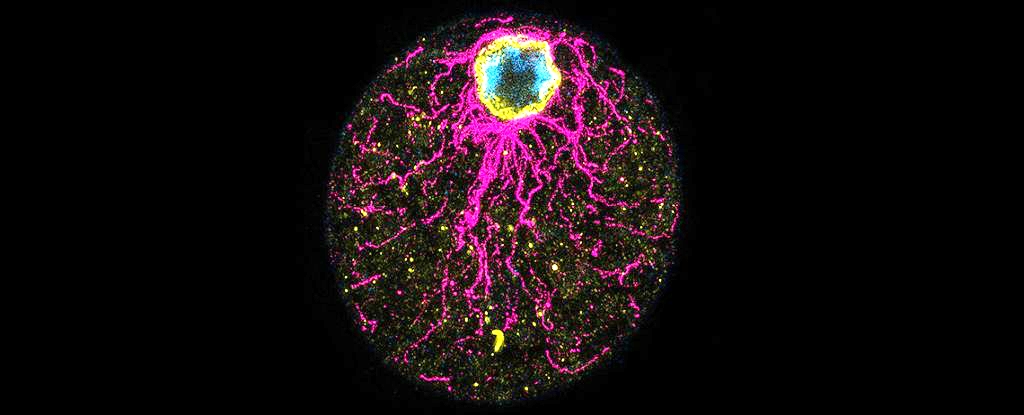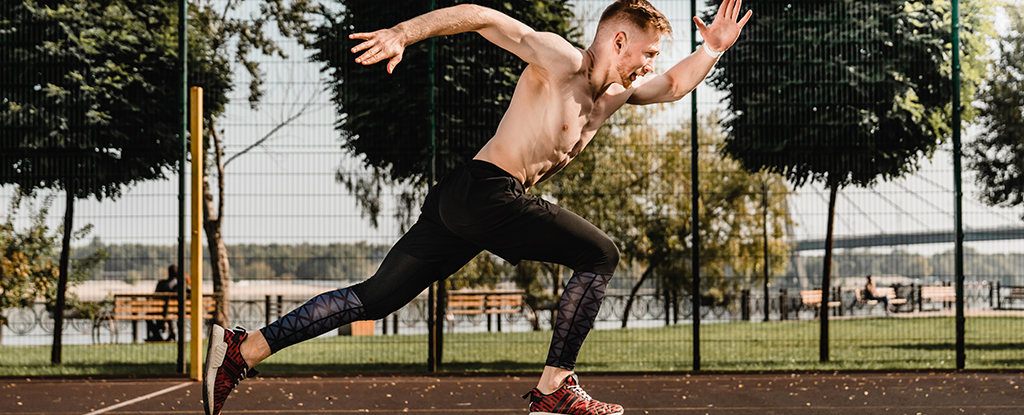Double-jointedness (technically known as generalized joint hypermobility or GJH) predicts a higher risk of getting long COVID, a new study shows, a link that might help us understand more about long COVID and how to treat it.
A team of researchers from King’s College London and Brighton and Sussex Medical School (BSMS) in the UK uncovered the bizarre relationship among responses to a survey of 3,064 people who had contracted a COVID-19 infection at least once.
The data showed that those with GJH had around a 30 percent greater chance of experiencing ongoing symptoms after their last infection. Persistent fatigue, one of the key symptoms of long COVID, was also found to be more common in people with GJH.
“Our study shows, for the first time, that the presence of generalized joint hypermobility (GJH) is a risk factor for long COVID, and that those with hypermobility are likely to have even greater levels of fatigue,” says neuroscientist Jessica Eccles, from BSMS.
GJH is where some or all of a person’s joints are able to move to a greater degree than normal, and the condition has already been linked to other long COVID risk factors, including fibromyalgia, chronic pain, irritable bowel syndrome, migraines, and depression.
Here, the researchers wanted to join those dots. GJH comes from differences in connective tissue in the body, which may offer some clues as to how those differences might make a COVID-19 infection more damaging and long lasting.
While the researchers did account for differences in factors like age and vaccinations in their results, the survey data wasn’t comprehensive enough to show cause and effect. There might be another variable increasing the risk of both GJH and long COVID, for example.
However, the strength of the association does mean it’s worthy of further investigation. Long COVID often comes linked to pre-existing health conditions, and researchers are trying to pick out the details of what’s happening.
“Long COVID is not yet well understood, but it’s increasingly acknowledged that dysregulated autonomic, inflammatory, and metabolic processes are involved in the condition,” says Eccles.
In the UK, where the study was carried out, around 20 percent of the population have GJH – it’s a fairly common condition. Considering the millions of people who’ve contracted COVID-19, that’s a lot of increased risk.
The next steps are to improve methods for identifying who’s at most risk from long COVID and offer them support, as well as looking more closely at the underlying biological mechanisms that slow down the recovery from COVID-19 in certain people.
“Identifying joint hypermobility as a risk for not recovering is important, as it points us towards the possible biological reasons why some people are affected more than others,” says data scientist Nathan Cheetham from King’s College London.
The research has been published in BMJ Public Health.





